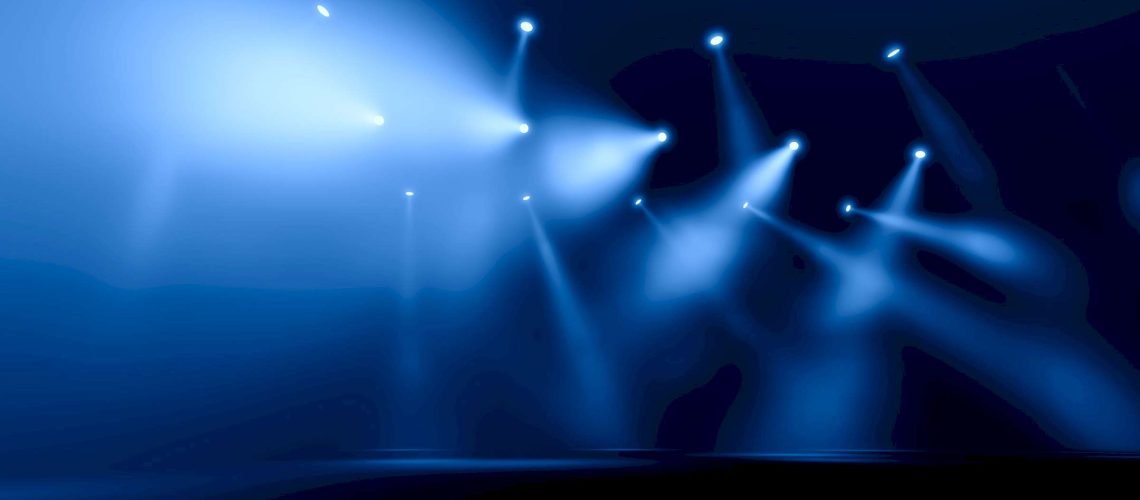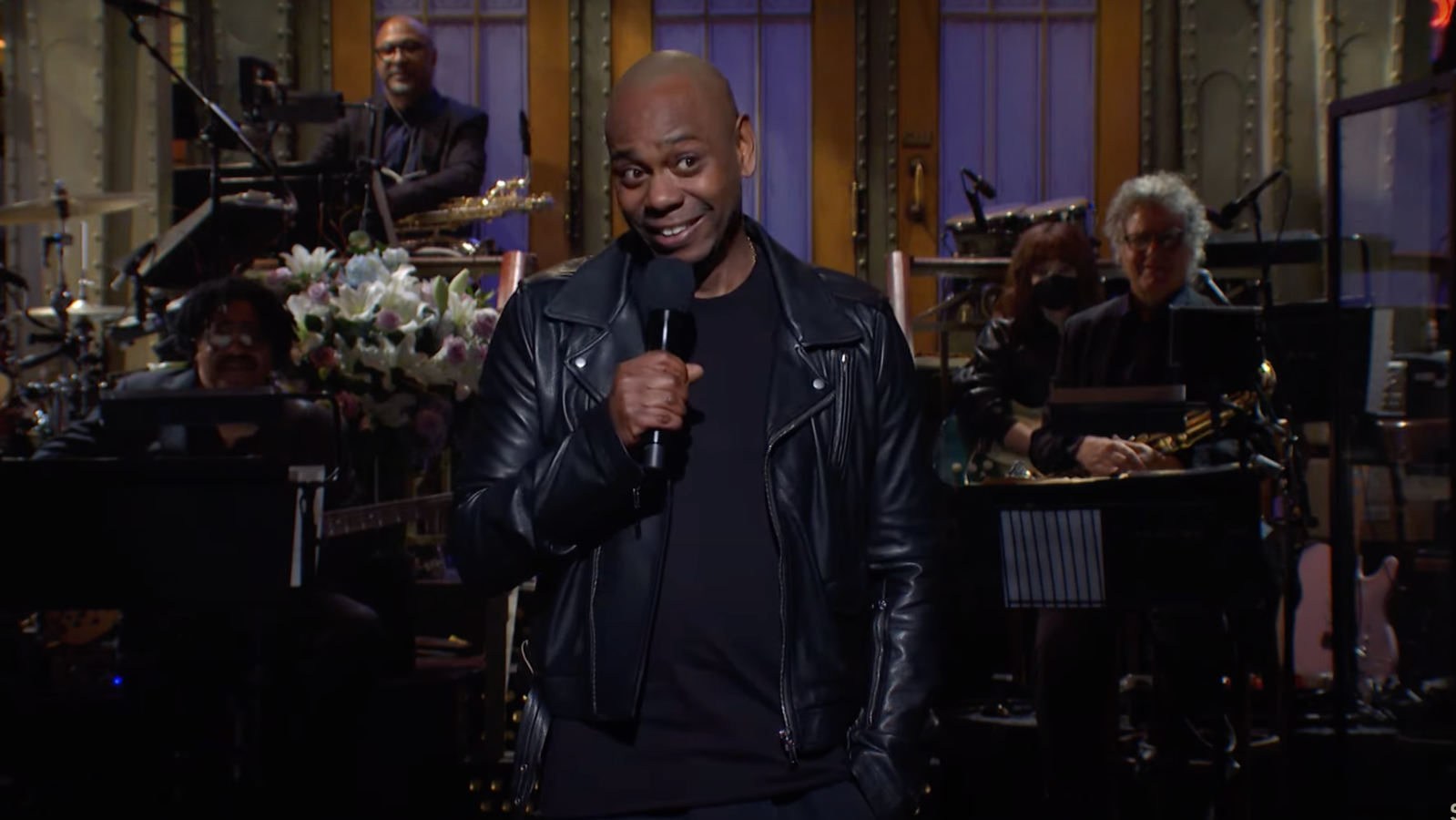Light, sound, and visuals finally come together in Max as people imagined. Beam for Max from Showsync is now in the Max Package Manager. And it fully integrates lighting instruments in your Max patches.
If you buy something from a CDM link, we may earn a commission.
Lighting has very often been its own domain, walled off behind archaic and often heavily restrictive lighting boards, largely just … there. Shining in our eyes. But what if you could work with lighting instruments with the level of deep interaction and control as other devices, directly in Max? Beam for Max promises to do just that – putting lighting on equal footing in Max with sound, visuals, and other hardware interactions.
Watch:
I’ve been on the road, so I haven’t gotten to test this yet (didn’t get a chance to commandeer some moving heads), but I’m really excited. As I wrote previously, Beam for Live has already given you control of lighting instruments as Ableton Live devices. But we knew full Max integration was coming next for a deeper level of control.

There’s some seriously powerful control here. Since it’s Max, you can work with MIDI, sensors, joysticks, controllers, data sources, Web interfaces – whatever you imagine. And then you can freely patch lights like they’re any other Max object. You literally get fixture makes and models in the Max patch editor, plus a color picker, meaning you can work with your moving head the way that you’d work with an oscillator, video texture, or onscreen knob. Raw DMX is there when you want it, but you can also work higher-level and change stuff on the fly.

It even comes with its own objects. beam.catch~ works inside MSP; beam.matrix gives you Jitter. beam.snapshot works with dictionaries. Audio control is obviously possible at a much deeper level. In Jitter, you can do direct pixel mapping (whoa). And now this all works with Max dictionaries.
Specs – including compatibility for any I/O you’re likely to use:
- Control lights using Max, MSP, and Jitter
- Intuitive tag-based modulation control
- Automatic translation to DMX via fixture profiles
- RGB, RGBW, and CMY color mixing
- High-performance lighting signal chain
- Flexible per-fixture parameter merging
- Integration with raw DMX
- DMX out and in via Art-Net and USB interfaces
- Unlimited number of I/O universes
- Effortlessly connect to visualizer via CITP

I mean, basically, yeah, fire your keyboardist and backup dancers and replace them with lighting instruments! Wait, I might be getting carried away… I guess you could paste googly eyes on them when you bring them on the tour bus. (“You… light up my life…”)
No, really, if a couple of Max patchers wants to get together and just have a moving head chorus with me, I am so there for it.




